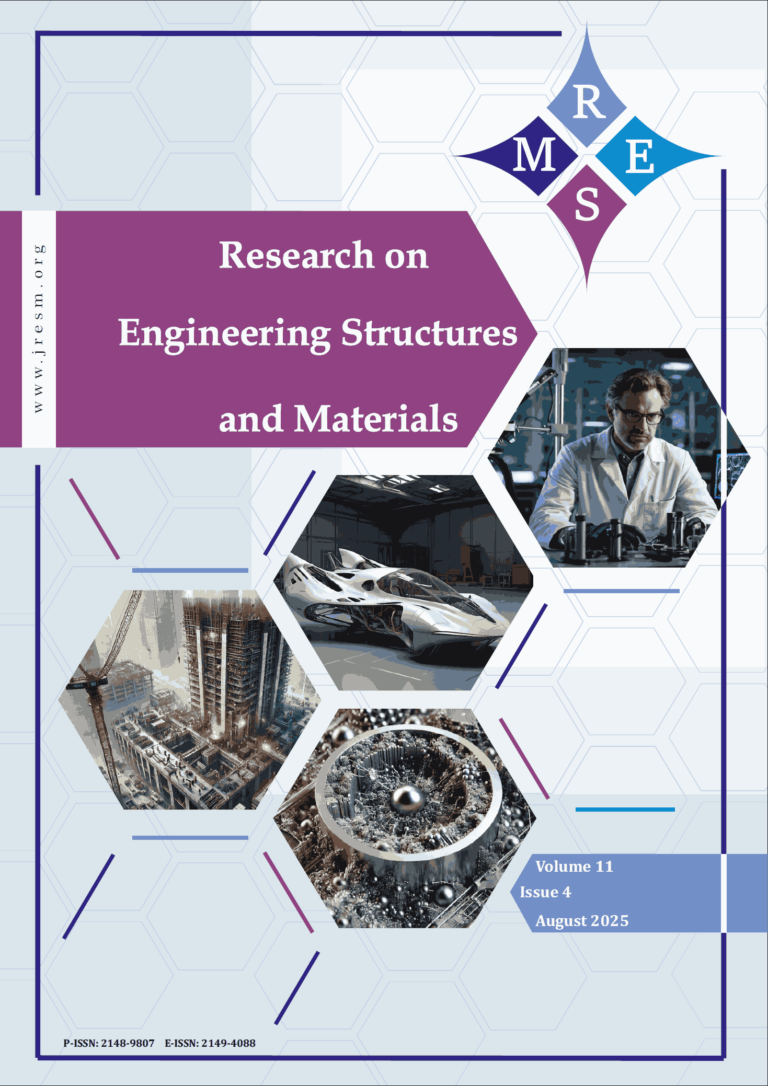Concrete cracking poses significant challenges for infrastructure longevity, leading to costly maintenance and structural weaknesses. This research investigates a sustainable solution using Microbially Induced Calcium Carbonate Precipitation (MICP) with Bacillus subtilis, a non-ureolytic bacterial agent, for autonomous crack repair. Alongside M20 grade concrete samples, bacterial concrete specimens were prepared in this study by incorporating three calcium-based precursors-calcium lactate, calcium nitrate, and calcium formate at varying dosages (1%, 2%, and 3% by weight of cement). These precursors stimulate the calcite formation during bio-calcification. Strength performance and self-healing behavior of induced pre-crack widths were evaluated over 91 days, with durability assessments including water absorption, porosity (28 days), and drying shrinkage over 91 days. Results showed that adding calcium precursors did not adversely affect strength. Notably, bacterial concrete with 1% calcium formate showed 31.1% strength increase, while 1% calcium lactate and 2% calcium nitrate achieved 18% and 28% improvements respectively, compared to conventional concrete specimens at 91 days. Samples with 3% calcium formate dosage achieved the lowest porosity (6.1%), which corresponded to the maximum compressive strength of 62MPa through effective pore filling. Remarkably, 1% calcium formate completely healed 2mm crack width by day 91. Scanning Electron Microscopy (SEM), Energy-Dispersive X-ray Spectroscopy (EDS), Fourier Transform Infrared spectroscopy (FTIR), and X-ray diffraction (XRD) analyses confirmed enhanced calcite precipitation and microstructural densification in optimal specimens, particularly with calcium formate. Non-ureolytic microbial systems enhance both strength and crack healing abilities establishing calcium formate at 1% dosage as the optimal precursor, providing a promising, resilient, self-sustaining construction material.
